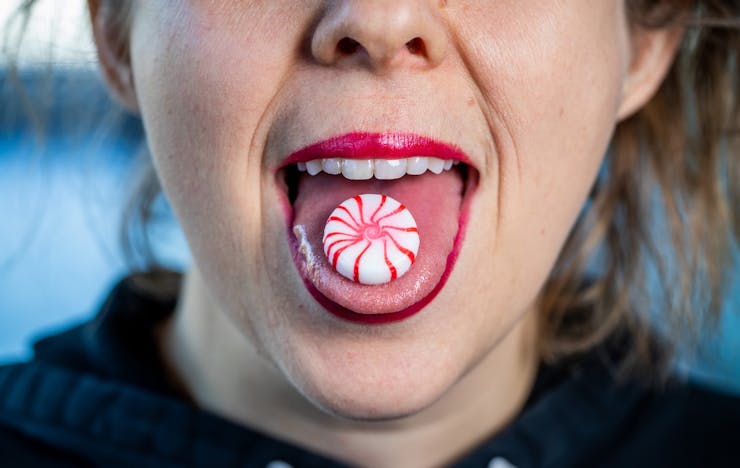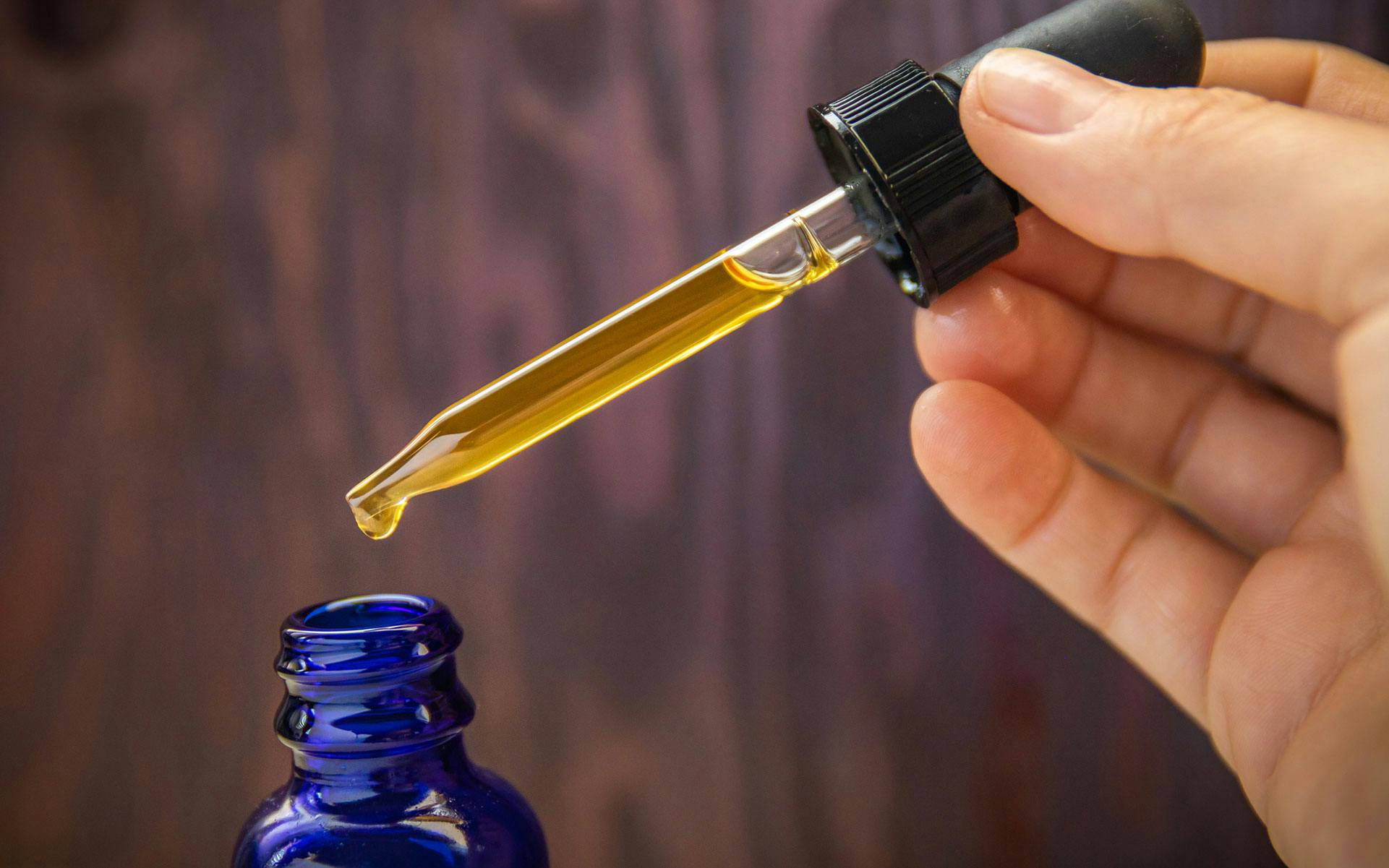When it comes to edibles, there are different ways to dose, and we’re not talking about cookies versus brownies. Edible cannabis products can be consumed orally, meaning they are swallowed, or sublingually, meaning they are held under the tongue to be absorbed directly into the bloodstream.
Typically, food products containing cannabis are intended for oral dosing, while sprays, tinctures, and oils may be used sublingually or orally. Some companies are even producing purpose-built sublingual cannabis strips.
The method of delivery can affect the onset, duration, and intensity of the effects of cannabis. Sublingual dosing offers a fast onset, shorter duration, and lower intensity than traditional oral cannabis edibles, while also offering a discreet, smokeless experience.
What is sublingual administration of cannabis?
Sublingual administration is a method of delivery for many common pharmaceuticals. One of the most well known of these is Ativan, a fast-acting benzodiazepine used to treat acute anxiety. Sublingual administration involves holding the active substance under the tongue for a certain amount of time, usually until the tablet or strip dissolves. Another related drug delivery method is buccal administration, where the active substance is held against the cheek.
The area under the tongue (and the cheeks) can absorb various active substances into the bloodstream. This is similar to inhalation methods, which allow the active compounds to enter the bloodstream through the lungs. This is why sublingual delivery is fast-acting. Importantly, the substance has to be held under the tongue—not on it—and for long enough for its active compounds to dissolve into the bloodstream.
When dosing cannabis sublingually, people usually use products intended for this route of administration, such as sprays, tinctures, oils, or sublingual strips. You could try holding a chewed up cookie under your tongue, but results may vary.
The pharmaceutical cannabinoid medicine Sativex is delivered sublingually via spray. Sprays, tinctures, and oils may also be absorbed orally if they are swallowed. Some people like to hold a product under the tongue and then swallow it for maximal effect.
What is oral administration of cannabis?
Traditional cannabis edibles—foods and drinks infused with cannabinoids—are usually consumed and processed orally. This means that a person swallows the cannabinoids, which are then absorbed in the intestine and processed by the liver.
Many people report edible cannabis to be a more intense experience than inhalation. Researchers believe this is because when THC is eaten, it is converted into 11-hydroxy THC, which is “particularly effective in crossing the blood-brain barrier, resulting in a more intense high.” A 2016 review on cannabis edibles calls 11-hydroxy-THC “a potent psychoactive metabolite,” especially compared with delta-9-THC, the converted form of THC that cannabis consumers experience by smoking, vaping, or sublingual absorption.
“11-OH-THC is more potent than Δ9-THC and appears in blood in higher quantities when Δ9-THC is ingested than when it is inhaled; hence, it may be responsible for the stronger and longer-lasting drug effect of edibles vis-à-vis comparable doses of smoked cannabis,” the review explains.
For some, 11-hydroxy-THC offers a way to stretch the effects of cannabis without having to consume more. For others, the effects might be too intense and undesirable.
Orally-consumed edibles take a while to kick in, because they have to be digested and processed in the gastrointestinal system before entering the bloodstream. If you’ve just had a large meal, it may take even longer for the cannabinoids to begin to affect you. This might mean up to 90 minutes before an edible starts to work, and even longer before it reaches peak effect.
The effects of edibles are also known to last longer than the effects of inhalation methods, and the same is true when compared to sublingual administration.
Sublingual vs. orally ingested cannabis: Pros and cons
Sublingual administration is a convenient, discreet, fast-acting, and smokeless option for both recreational and medical cannabinoid use. Sublingual administration might appeal to someone who is looking for an alternative to edibles that is less intense, shorter, and that kicks in faster.
There are, of course, some downsides to sublingual administration. Consuming cannabis sublingually means a person must purchase specialized products designed for this method of administration, like sprays, tinctures, oils, or sublingual strips. The consumer must also hold the substance under the tongue for a certain amount of time, which may be uncomfortable if they dislike its taste.
In the end, traditional oral cannabis edibles are simpler to consume. But for those who want a smokeless option while avoiding a potentially intense and long-lasting high, or those who need something fast acting, sublingual administration might tick all the boxes.
Learn more about cannabis edibles
Click here to discover more videos on Leafly TV.






